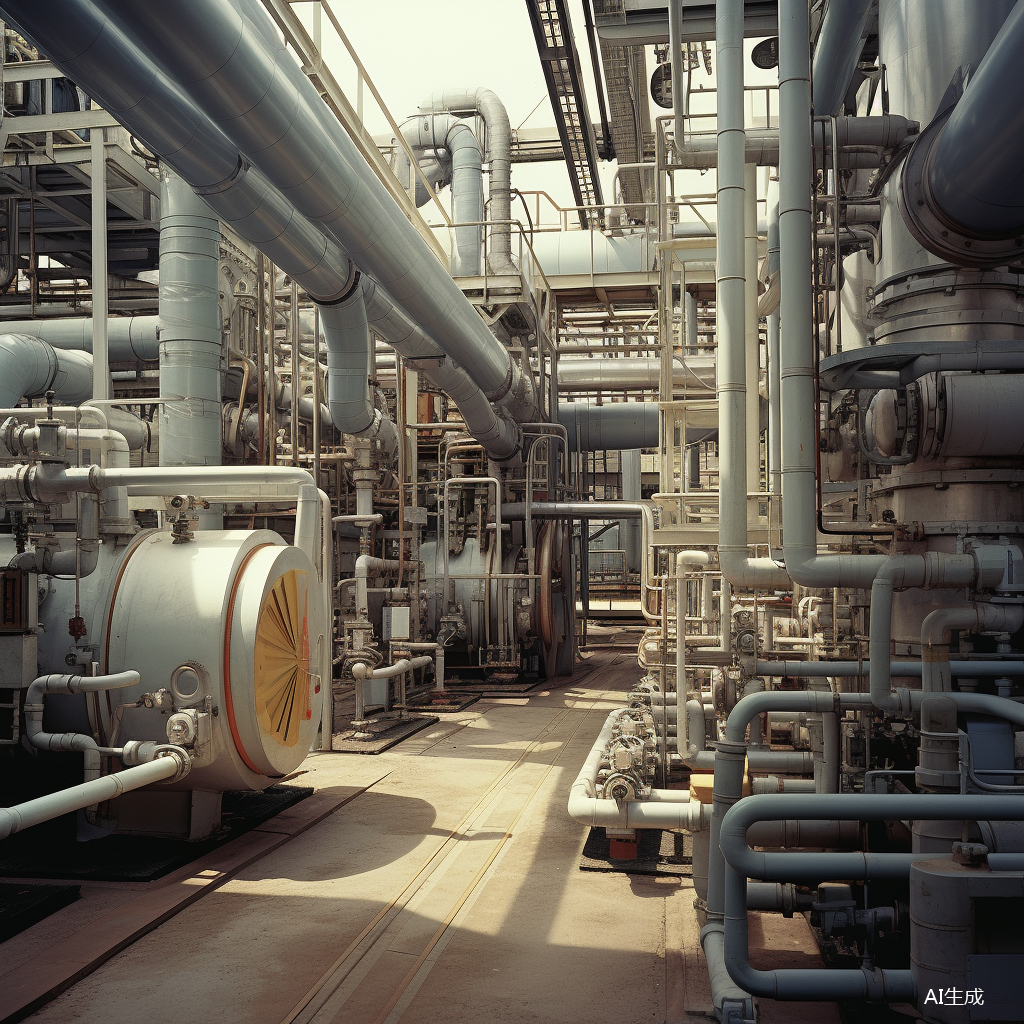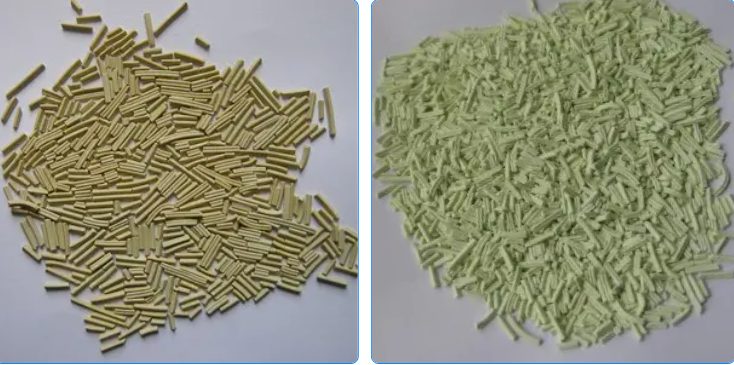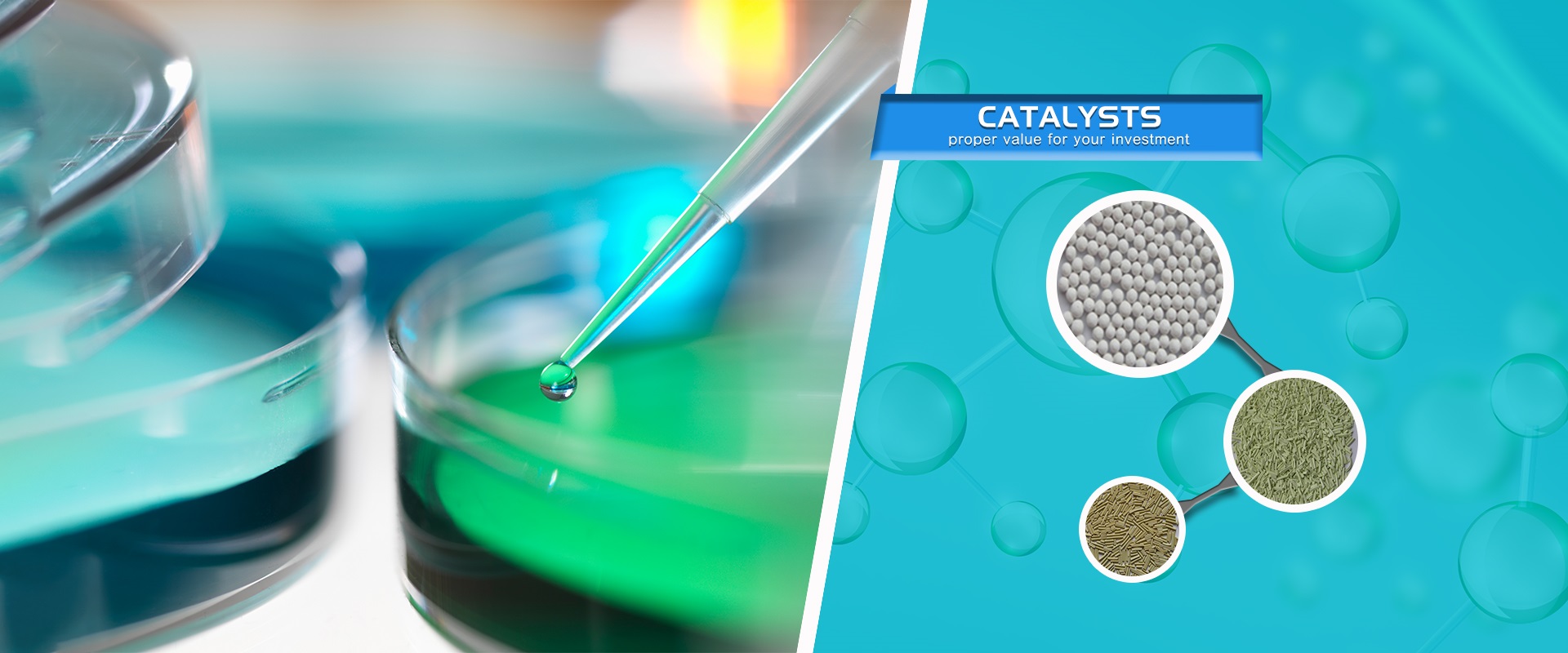What is Sulfur Recovery?
Sulfur recovery is a critical process in the petroleum refining industry, aimed at removing sulfur compounds from crude oil and its derivatives. This process is essential for meeting environmental regulations and producing cleaner fuels. Sulfur compounds, if not removed, can lead to the formation of sulfur dioxide (SO₂) during combustion, contributing to air pollution and acid rain. The sulfur recovery process typically involves converting hydrogen sulfide (H₂S), a byproduct of refining, into elemental sulfur or sulfuric acid.
One of the most widely used methods for sulfur recovery is the Claus process, which involves a series of chemical reactions that convert H₂S into elemental sulfur. The process usually includes thermal and catalytic stages, where H₂S is first partially oxidized to sulfur dioxide (SO₂) and then reacted with more H₂S to produce sulfur and water. The efficiency of the Claus process can be enhanced by integrating it with other technologies, such as tail gas treatment units, to achieve higher sulfur recovery rates.

PR-100 and Its Role in Sulfur Recovery
PR-100 is a proprietary catalyst used in the sulfur recovery process. It is designed to enhance the efficiency of the Claus process by improving the conversion rates of H₂S to elemental sulfur. The PR-100 catalyst is known for its high activity and stability, which allows for better performance in the sulfur recovery units. By using PR-100, refineries can achieve higher sulfur recovery rates, reduce emissions, and comply with stringent environmental regulations.
The PR-100 catalyst works by providing an optimal surface for the chemical reactions involved in the Claus process. It facilitates the oxidation of H₂S to SO₂ and the subsequent reaction of SO₂ with H₂S to form sulfur. The catalyst’s high surface area and active sites ensure that these reactions occur efficiently, even at lower temperatures. This not only improves the overall sulfur recovery rate but also reduces the energy consumption of the process.

CCR Reforming for Gasoline Production
Continuous Catalytic Reforming (CCR) is a crucial process in the production of high-octane gasoline. It involves the conversion of low-octane naphtha into high-octane reformate, which is a key component of gasoline. The CCR process uses a platinum-based catalyst to facilitate the dehydrogenation, isomerization, and cyclization of hydrocarbons, resulting in the formation of aromatic compounds that boost the octane rating of the gasoline.
The CCR process is continuous, meaning that the catalyst is regenerated in situ, allowing for uninterrupted operation. This is achieved by continuously removing the spent catalyst, regenerating it by burning off the coke deposits, and then reintroducing it into the reactor. The continuous nature of the CCR process ensures a steady supply of high-octane reformate, which is essential for meeting the demand for high-quality gasoline.

Integration of Sulfur Recovery and CCR Reforming
The integration of sulfur recovery and CCR reforming processes is vital for modern refineries. The sulfur recovery process ensures that the H₂S produced during refining is effectively converted into elemental sulfur, minimizing emissions and environmental impact. On the other hand, the CCR reforming process enhances the quality of gasoline by increasing its octane rating.
By combining these processes, refineries can achieve both environmental compliance and product quality. The use of advanced catalysts like PR-100 in sulfur recovery and platinum-based catalysts in CCR reforming ensures that these processes are efficient and effective. This integration not only helps refineries meet regulatory requirements but also enables them to produce high-quality fuels that meet market demands.
In conclusion, sulfur recovery is a crucial process in the petroleum refining industry, aimed at removing sulfur compounds and reducing emissions. The use of advanced catalysts like PR-100 enhances the efficiency of the sulfur recovery process. Additionally, CCR reforming plays a vital role in producing high-octane gasoline. The integration of these processes ensures that refineries can achieve both environmental compliance and product quality, contributing to a cleaner and more efficient energy landscape.
Post time: Sep-20-2024

